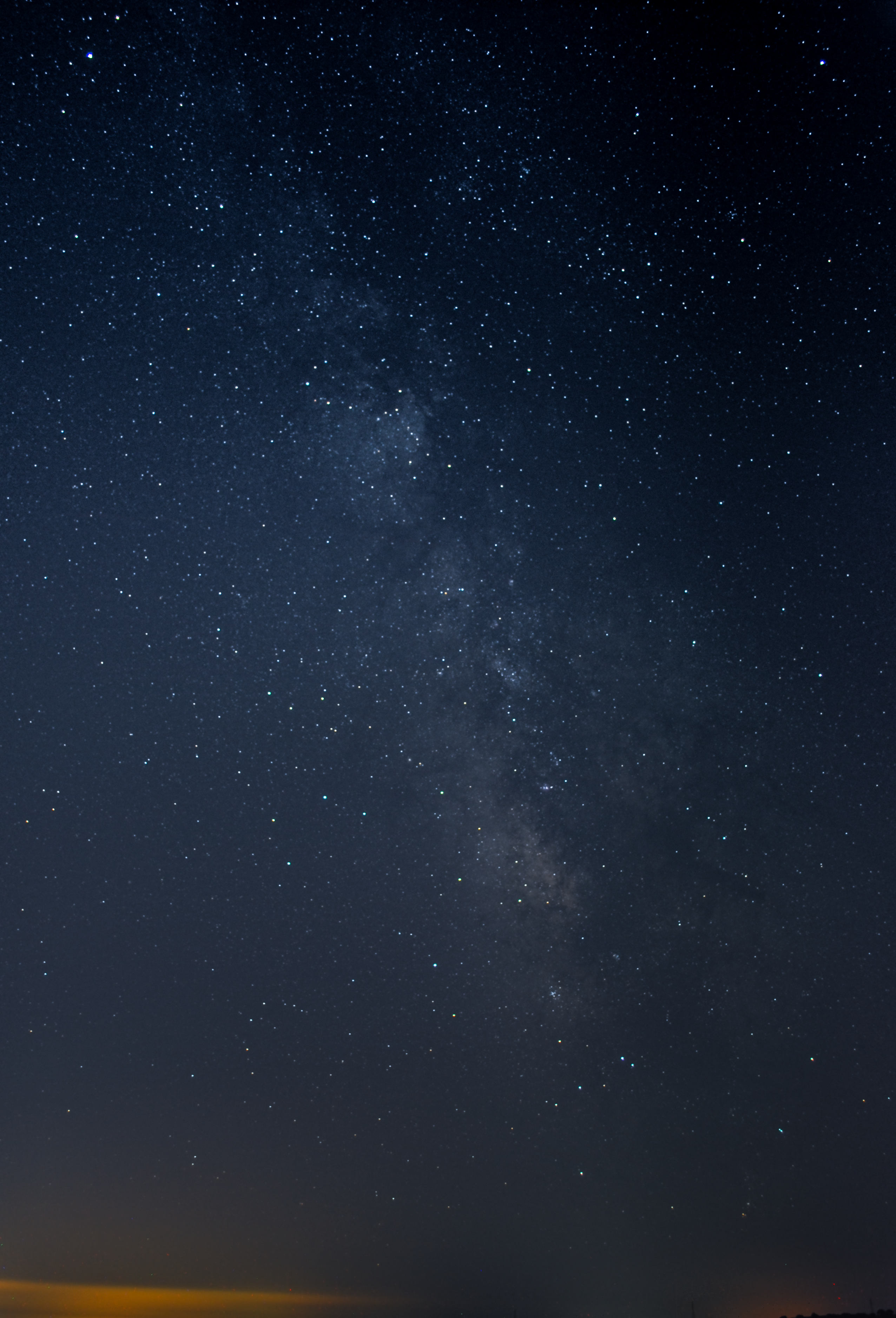Taking pictures of little dots in the sky
I'm a night owl. I don't have any problem sleeping persé, but I tend to get some work done at night. Therefore, I've found myself more than once watching the night sky from my garden, and wondering how do people get those stunning images of the sky you sometimes see floating around the internet. I assumed they used the latest of imaging technology, fancy telescopes, gigant cameras and stuff like that. I was only partially right. Sure, profesionals do own the pinacle of optical and electronical technology, so cutting edge you could bleed. But there are also normal people doing astrophotograpy with old DSLRs, film cameras with automatic mounts, webcams mounted on hobby grade telescopes... The variaty is breath-taking.
As it turned out, my old 2010 DSLR was not too old for astrophotography, should you lower your standards just one notch. Armed with my wide angle lens for milky way photography and my 80s telephoto for deep sky, nothing could stop me. And then M31 stopped me. But on that, later.
The milky way
The milky way was my first opponent. It is the galaxy where the Sun (and therefore Earth) is located. Although you would assume most of that haze is dust, it is actually made up of stars too dimm and far to tell appart with the eyes (technically all the stars seen with the naked eye are technically in the milky way (except if you have telescopic eyes, in that case you could see some stars by focusing on galaxies), the term "milky way" is reserved for that bright line you can see in dark skies). The picture you see below is from last summer, when I went to a bortle 4 zone near Cholet with my old DSLR. It was really chilly, but I think it was worth it, in my opinion.

Orion Nebula
Another common point to aim your camera at is the orion constelation. It's a big region of the sky visible specially on winter (on the northen hemisphere) and it's very common to photograph with astro-modified cameras, that allows your camera to catch more of the reds and infra-reds, as this part of the sky is filled with hidrogen alpha, that is red. My camera isn't astro-modded, but it can still catch the beauty of the center piece of orion: the Great Orion Nebula (aka, M42). For this picture I used my dslr, but I attached an old lens from the 80s, wich was really cheap and zoomed in really well, at 210mm.
